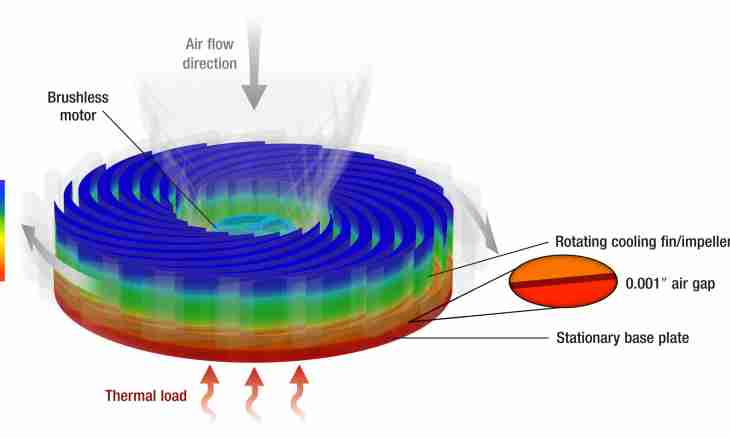The heat transfer is a process of transfer of heat of one environment in another, at the same time both environments have to be liquids or gases. At a heat transfer there is an exchange of energy between Wednesdays without participation of mechanical influence. There are three types of a heat transfer.
Instruction
1. Heat conductivity consists in transfer of heat from more heated parts of substance to less heated, leading to alignment of temperature of substance. The substance molecules having bigger energy transfer her to the molecules having smaller energy. The law of Fourier which consists in communication between temperature gradient in the environment and density of a heat flux belongs to heat conductivity. The gradient is the vector showing the direction of change of the scalar field. Deviations from this law can be at very strong shock waves (great values of a gradient), at very low temperatures and in the rarefied gases when substance molecules face vessel walls more often, than among themselves. In couples the rarefied gases process of a heat transfer is considered not as heat exchange, and as transfer it is warm between the bodies which are in the gas environment.
2. Convection is the transfer of heat in liquids, gases or loose substances operating according to the kinetic theory. The essence of the kinetic theory is that all bodies (material) consist of atoms and molecules which are in the continuous movement. On the basis of this theory, convection represents a heat transfer between substances at the molecular level provided that bodies are by gravity and are unevenly heated. Heated substance, by gravity, moves rather less heated substance aside, the return to gravity. More heated substances rise, and colder - fall. Weakening of action of convection is observed in cases of high heat conductivity and the viscous environment and also convection in the ionized gases is strongly influenced by extent of its ionization and magnetic field.
3. Thermal radiation. Substance due to internal energy creates electromagnetic radiation with a continuous range which can be transferred between substances. From that, substance is how heated, the provision of a maximum of its range depends. The temperature is higher, the more energies are emitted by substance and, therefore, the it is possible to transfer more heat.
4. The heat transfer can come through a thin partition or a wall between bodies, from warmer substance to less warm. More heated substance transfers a part of heat to a wall then there is a process of a heat transfer in a wall and from a wall there is a thermolysis to less heated substance. The intensity of amount of the transferred warmth directly depends on heat transfer coefficient which is defined as the amount of heat which is transmitted through partition surface unit of area in unit of time at a difference of temperatures between substances in 1 Calvin.

